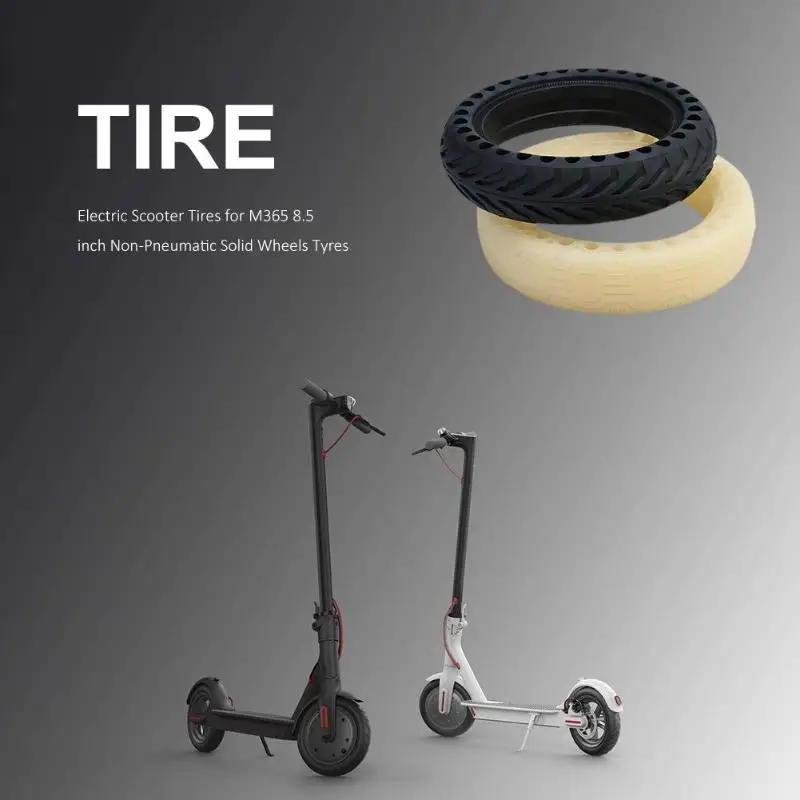Loading...
About Benefits Michelin & GM Gallery & Downloads
The First Airless Mobility Solution for Passenger Vehicles
The MICHELIN® Uptis (Unique Puncture-Proof Tire System) is an airless mobility solution for passenger vehicles, which reduces the risk of flat tires and other air loss failures that result from punctures or road hazards.
Through Michelin's expertise in high-tech materials, Uptis is a significant development in existing airless mobility technology. Uptis eliminates the need for pressure checks, making it ideal for self-driving vehicles and passenger car fleets.
General Motors, a major global OEM and valued partner to Michelin, has signed a joint research agreement as a co-development partner, with the breakthrough goal of making Uptis a mainstream reality on passenger vehicles as early as mid-decade.
Uptis's revolutionary design and materials will yield sustainability benefits, such as reducing the number of tires that are condemned to scrap and reducing overall raw materials and energy used in tire production.
The MICHELIN® Uptis tire is an assembled airless mobility solution made accessible to passenger vehicles, which offers many advantages.
Watch Uptis 2019 Announcement Video
Car drivers feel safe and secure on the road due to the reduced risk of flat tires and other air loss failures that result from punctures or road hazards.
Fleet owners and professional vehicle drivers optimize their business productivity (no downtime from flats, near-zero levels of maintenance).
Raw material is reduced, which in turn reduces waste.
The MICHELIN® Uptis tire represents a major advancement toward achieving Michelin’s VISION concept, which includes four pillars of innovation: airless, connected, 3D-printed and 100% sustainable (renewable and bio-sourced).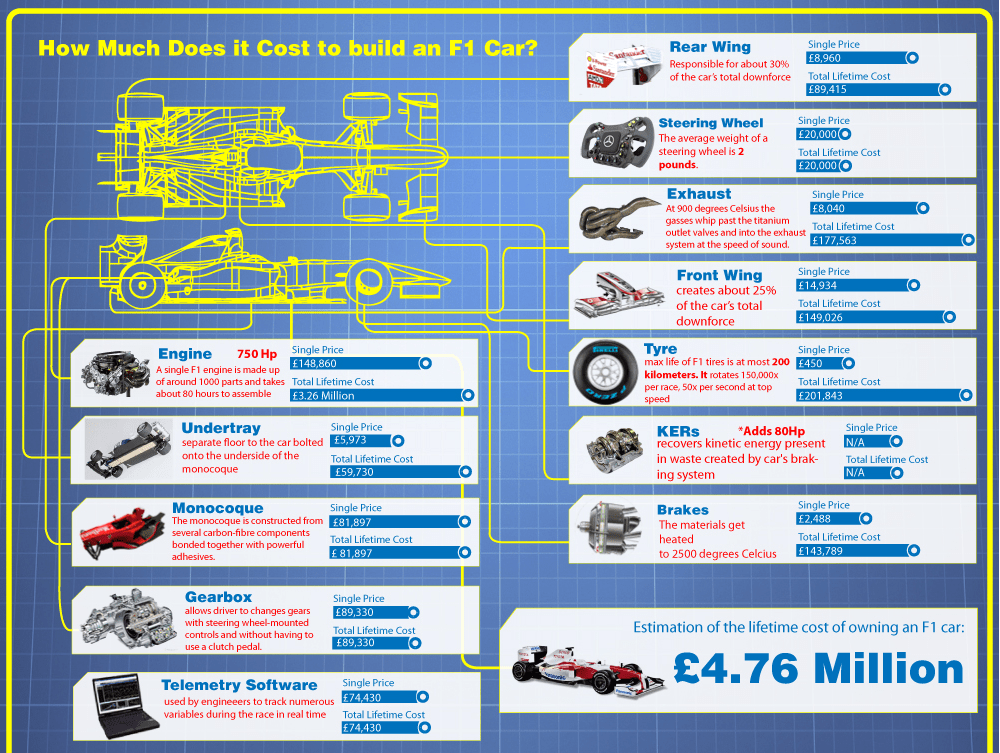
MICHELIN & GM
For Passenger vehicles
Read the press release
Airless technology enables Uptis to reduce the risk of flat tires and other air loss failures that result from punctures or road hazards. When applied to large-scale production, this characteristic means Uptis offers significant potential for reducing the use of raw materials and waste.*
12%
of tires scrapped each year due to unreparable air loss failures
+
8%
of tires scrapped each year due to irregular wear by improper tire pressure
=
~20%
of scrapped tires could be addressed by Uptis
Download Images
Download Videos
Video
Video
Video
Video
Press Release
Fact Sheet
Frequently Asked Questions
©2022 Michelin North America, Inc. , All rights reserved. The Michelin Man is a registered trademark owned by Michelin North America, Inc. 1 Parkway S., Greenville, SC 29615 USA
, All rights reserved. The Michelin Man is a registered trademark owned by Michelin North America, Inc. 1 Parkway S., Greenville, SC 29615 USA
Thanks for signing up!
Access your favorite topics in a personalized feed while you're on the go.
Following is a transcript of the video.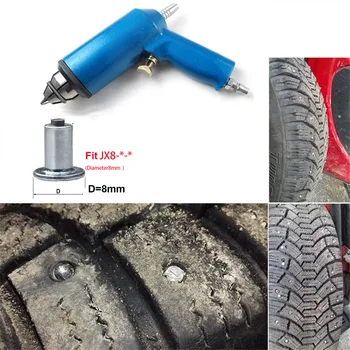
Narrator: From the wheels of NASA's moon rover to Michelin's Tweel, we've seen tires that don't need air for decades. We've even seen prototypes for everyday cars that roll over sharp nails with ease. So why do companies like Michelin and Goodyear say anywhere from 2024 to 2030 is the soonest these products will be ready to buy? What is taking so long for airless tires to hit the shelves? It's one thing to run around the lunar surface for a couple of miles and a few hours.
Paul Eisenstein: Here on Earth, it is much more difficult than you'd expect to replace pneumatic tires.
Narrator: "Pneumatic" means anything that uses air pressure. That's why you'll hear airless tires like the Tweel referred to as non-pneumatic.
Paul: They're going to have to come up with, first of all, with a way to design them. Then they have to manufacture them, dealing both with cost and durability.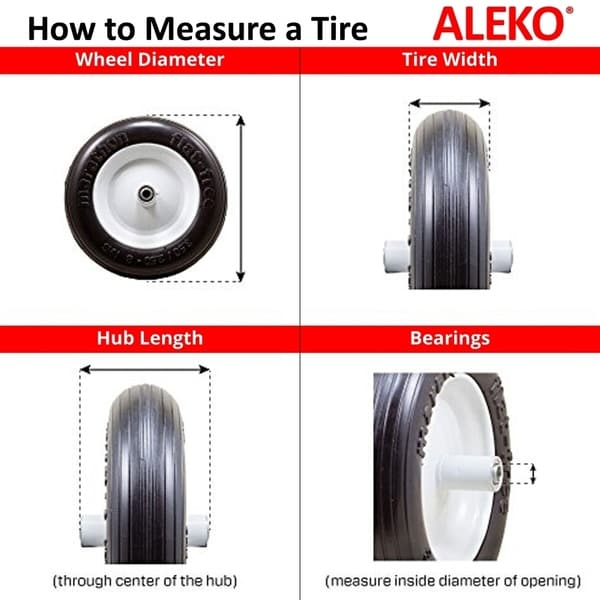 And certainly, people are not going to be happy if these airless tires wind up not lasting very long.
And certainly, people are not going to be happy if these airless tires wind up not lasting very long.
Narrator: What could cause them to wear so easily? As tires roll, they constantly compress and then decompress due to the weight of the car. Going 70 miles per hour down the highway, this happens about 1,000 times per minute and generates a lot of heat. Luckily, air allows heat to disperse easily. Typical pneumatic tires can last for around 60,000 miles if you don't hit a nail. But if you replace air with more material, the potential for heat to build up and tires to wear much faster grows exponentially.
Paul: The reality is when a tire rolls down the road, it does generate a lot of heat. And heat is one of the big enemies of a rubber pneumatic tire. If they can make the spokes or the supporting elements in an airless tire able to handle the compression pressures, all the deformation and all the impacts, they should be able to keep it relatively cool.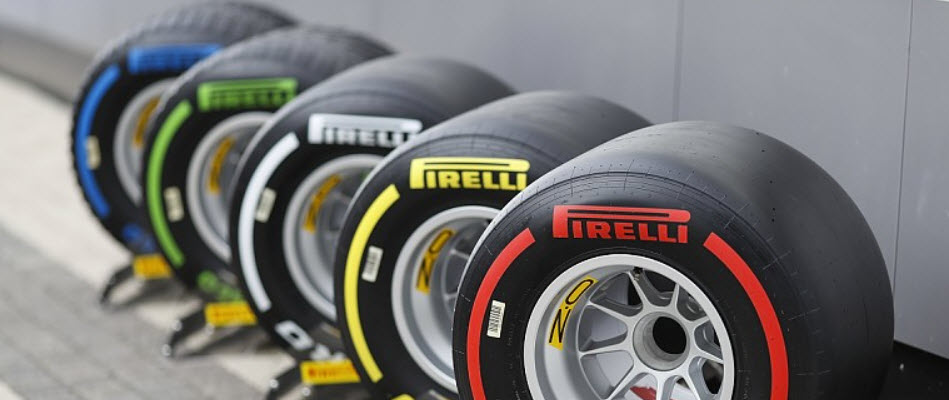
Narrator: Another concern is efficiency. This constant deformation of your tires increases rolling resistance, or the energy your car needs to send them to keep rolling. While pneumatic tires waste some of that energy as heat, they can easily be inflated more to reduce friction against the road. Airless tires that replace lightweight air with heavier materials need to be perfectly designed, or else drivers will need much more fuel to keep rolling. But as improvements in design continue, like eliminating the need for a wheel, airless tires could actually become the more efficient option.
Chris Helsel: It's basically four components. the tread, which is that part that's made of the rubber and other polymers. Then from there, you have what's called the shear band, and the shear band is very close to the belt package on a radial tire. But now from there is this connecting web structure that you see. That's really new to us.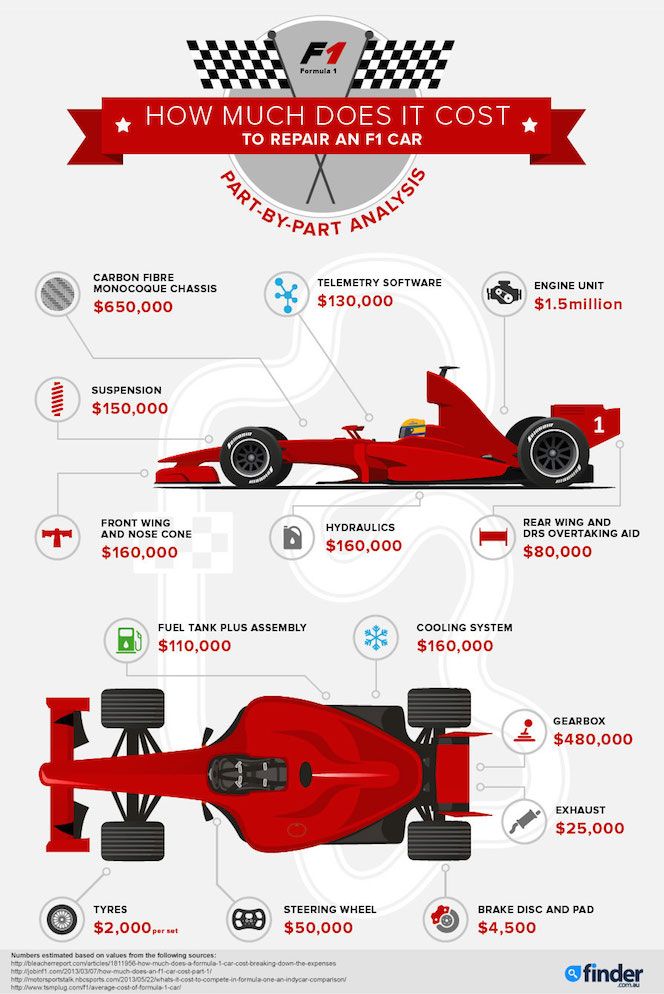 That's made of thermoplastics. So then the fourth component is simply the hub, and the hub is where, of course, that web structure connects in, and that's what's going to connect into the axle of the vehicle.
That's made of thermoplastics. So then the fourth component is simply the hub, and the hub is where, of course, that web structure connects in, and that's what's going to connect into the axle of the vehicle.
You do have to also recognize you don't have materials in the tire to keep the air in. You are replacing it with new materials, those thermoplastics, which we can do some further engineering on and potentially manage that trade-off differently.
Narrator: No matter how durable or fuel-efficient airless tires become, the number-one factor in making any new car technology available to the masses is safety.
Chris: One is the amount of load that the tire has to carry for its size. The second thing is how fast you can go and that tire is going to remain durable for a long period of time of running at that speed. And that's why you see the evolution and the applications that we've been working on. Starts with a low speed, low load, a zero-turn mower.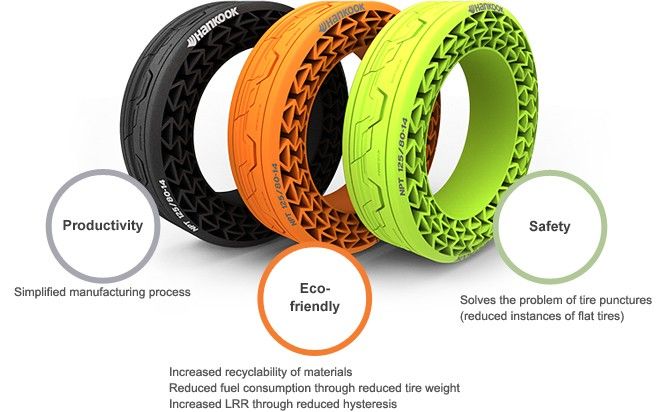 We move to an autonomous shuttle. Why? An autonomous shuttle has the load of a vehicle like a car, but it only goes maybe 35 miles per hour, so it's slow speed.
We move to an autonomous shuttle. Why? An autonomous shuttle has the load of a vehicle like a car, but it only goes maybe 35 miles per hour, so it's slow speed.
Narrator: Still, as a company that makes over 150 million tires a year, Goodyear claiming its airless tires won't be road-ready until 2030 seems a bit long to wait unless they were designed to last virtually forever.
Chris: Well, the 2030 date actually coincides with our bold goal around having a tire that's made of completely sustainable materials as well as is maintenance-free. When you think of maintenance-free, especially think of electric vehicles and the fact that they're not going to need much maintenance up to, say, 30,000 miles. Today, what triggers a lot of maintenance on your tires is the need for oil changes. And so when people go in for an oil change, what happens? They get the air pressure checked, topped off if needed, as well as rotation of tires. And that makes tires, of course, last longer because they're properly maintained.
And that makes tires, of course, last longer because they're properly maintained.
And the sustainability piece, one thing to keep in mind is the materials of these thermoplastics can be recycled. You can claim those and use those directly after you reprocess them into the next non-pneumatic. Today for tires, you can't do that. They are reused at end of life, but not in for-like application. You can't take a tire at end of life, reprocess it, and directly use it in the next tire.
Narrator: Goodyear's testing of its current airless prototype on autonomous shuttles and delivery carts isn't just for show, either. Airless tires could be the key to getting self-driving vehicles on the road faster.
Chris: So 60% of roadside incidents, let's say, for commercial trucks as one example, are due to tires. So what happens is a human who's driving that vehicle takes action to get it taken care of. Well, who's going to do that in an autonomous-driven vehicle? That's a difficult thing to train an autonomous driving system to deal with.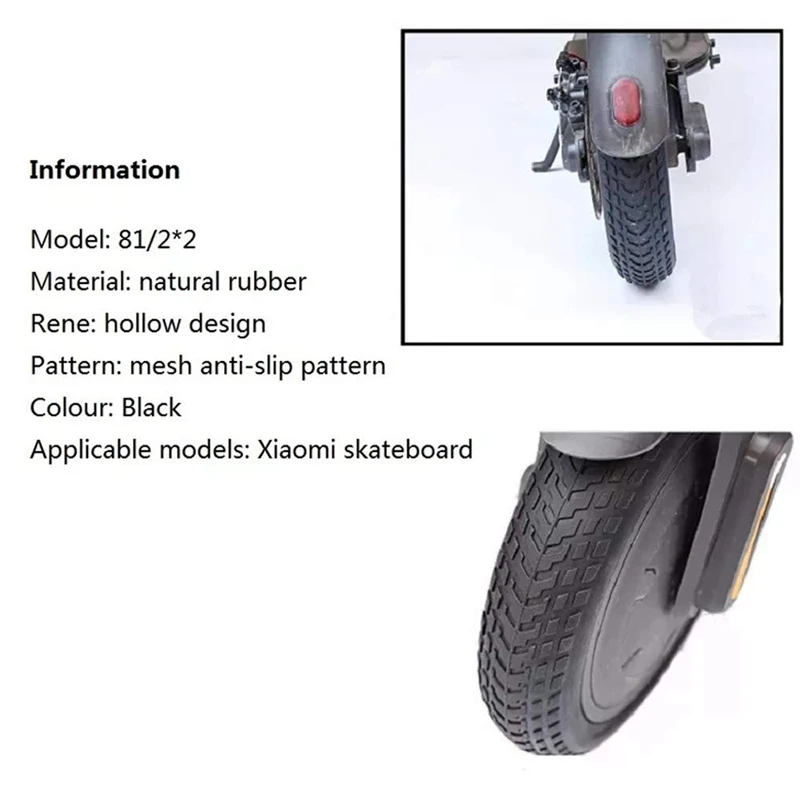 So once again, if you could get rid of that being one of the use cases that autonomous vehicle developers even have to contemplate by putting in a tire that won't instantaneously lose air, you could unlock autonomy potentially sooner.
So once again, if you could get rid of that being one of the use cases that autonomous vehicle developers even have to contemplate by putting in a tire that won't instantaneously lose air, you could unlock autonomy potentially sooner.
Read next
The selection of tires for a loader, as well as for any other industrial equipment, is a rather difficult task. And it’s not even easy because it’s hard to choose tires that would fully meet the requirements for speed index and load index, but because several types of tires are used for loaders, each of which has its own advantages, disadvantages and is recommended for use in certain situations.
Find out why pneumatic or solid tires wear quickly and wear indicators here
The two main classes of tires are pneumatic tires and molded forklift tires.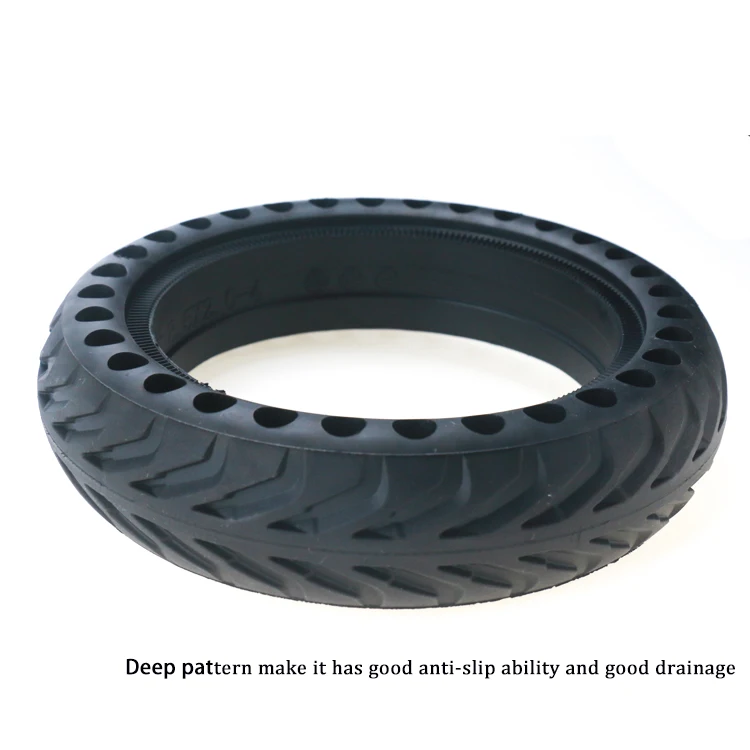 They radically differ from each other in composition and structure, which determines the difference in "indications" for their use.
They radically differ from each other in composition and structure, which determines the difference in "indications" for their use.
Let's figure out for a start what solid tires are and what are pneumatic tires.
⇒ Choose tires by size on our website ⇐
Pneumatic tires are tires that are familiar to us, which may or may not have tubes, and in order for them to function, they are inflated with pressurized air, which gives the tire rigidity and the ability to withstand the weight of equipment and its cargo. To date, this type of tire is the most common, as it has a lower cost compared to solid tires and is much more versatile. Pneumatics are used in almost all industries. We can see trucks, tractors, excavators or rollers with pneumatic tires.
More interesting things on specshyna.ru: low pressure tire as a special development for the agricultural industry
Solid tires are mainly used for forklifts, as it is their wheel design and operating conditions that allow this type of rubber to be used.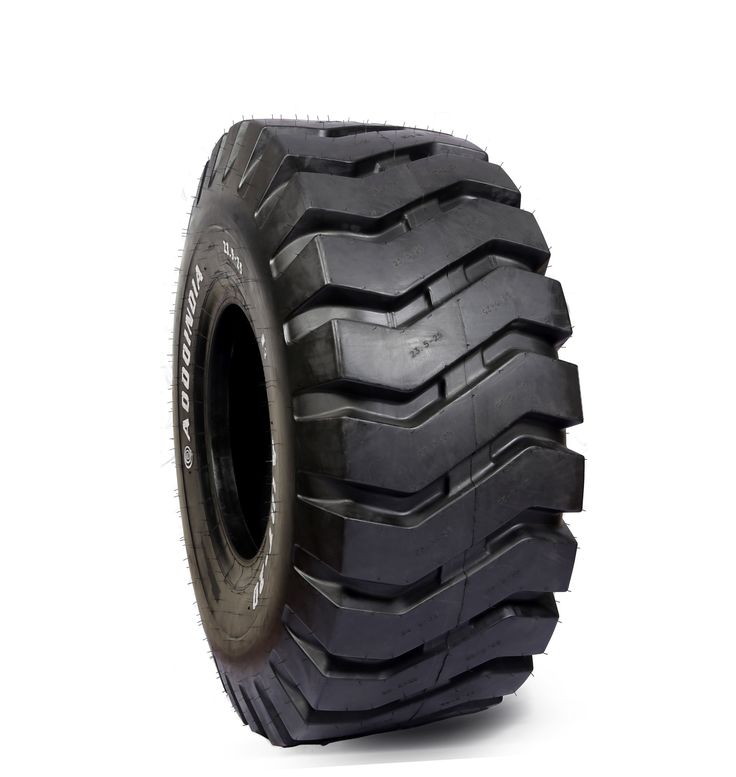 Their cost can be several times higher than the cost of pneumatics, and at the same time, the conditions under which a loader with solid tires can safely operate are quite strict and not always affordable.
Their cost can be several times higher than the cost of pneumatics, and at the same time, the conditions under which a loader with solid tires can safely operate are quite strict and not always affordable.
A solid tire is a tire that has no free space inside and is made of several layers of material, each of which has its own purpose. Such tires are not inflated with air and, as a result, do not burst and are not afraid of most physical damage (nails, etc.). There are special, non-marking white ones - for the food, pharmaceutical industry, etc.
Answering the question of the topic of the article, we can immediately say that pneumatic and solid tires are interchangeable, and both the first type of rubber and the second can be installed on the loader rims. However, do not forget that the loader manufacturer calculated the design for a particular type of tire.
The pneumatic tire is much lighter and more resilient than a solid tire, which reduces the load on the loader engine (which does not have to work so hard to roll the wheel) and the load on the axle, since the tire partially absorbs uneven surfaces and perfectly protects the undercarriage from excessive load .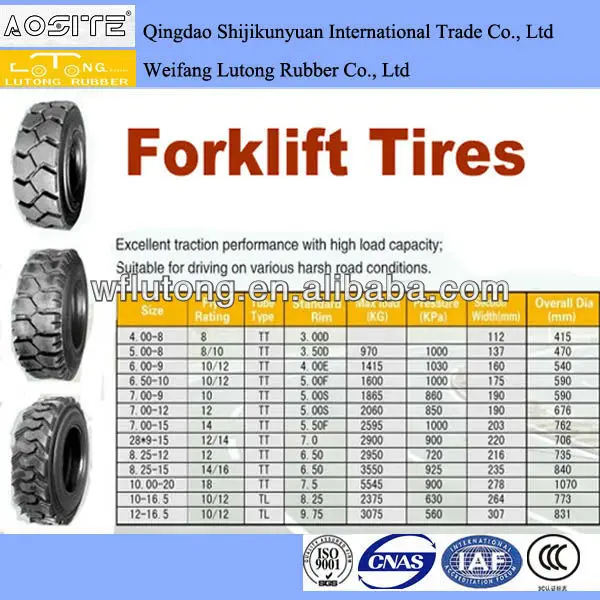 The use of pneumatic tires will be justified in the event that the place of work of the loader is uneven, has any pits, humps and other obstacles, which the rubber will have to take over.
The use of pneumatic tires will be justified in the event that the place of work of the loader is uneven, has any pits, humps and other obstacles, which the rubber will have to take over.
But if the place of work of the loader is limited to a warehouse in which a flat floor is laid, without cracks, humps and other defects (mostly self-leveling floors have such properties), then it will be much more rational to use solid tires, since on such a surface they practically do not wear out, withstand very high loads (much more than pneumatic tires can withstand).
In addition, solid tires have another great advantage - they are produced in two colors. Of course, it may seem that it is just a matter of taste what color of tires to use, however, if the warehouse has strict requirements for the sanitary and epidemiological station, then such rubber will be indispensable. Irreplaceable because it does not leave marks on the floor and has a more natural composition.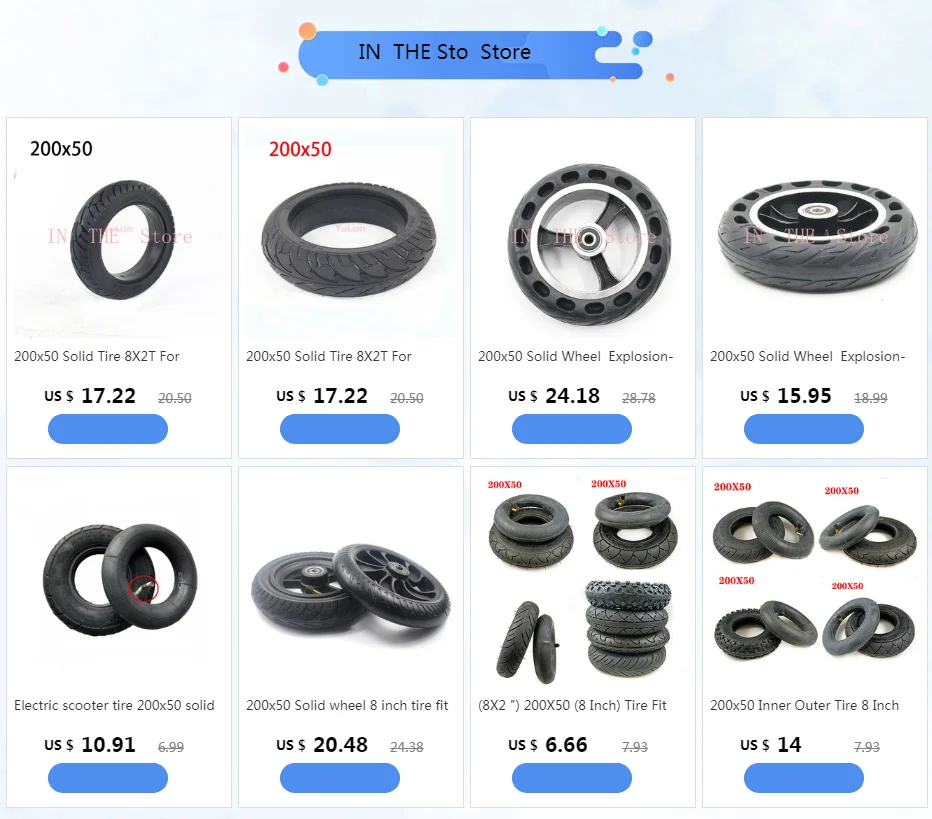
Here, in principle, are all the main advantages and disadvantages of the two main types of tires for a loader. Before buying tires, it is highly recommended to carefully consider all the aspects of your equipment and purchase exactly the type of rubber that suits you best.
Author: Marina Deh
Also interesting to read:
Choosing the right forklift tires
White loader tires
Close
Moscow and region
Select city
Moscow and region
The shops Delivery to regions
Contacts
+7 495 988-83-88around the clock
8 800 333-83-88(toll-free)
Tires are one of the most important inventions of all mankind.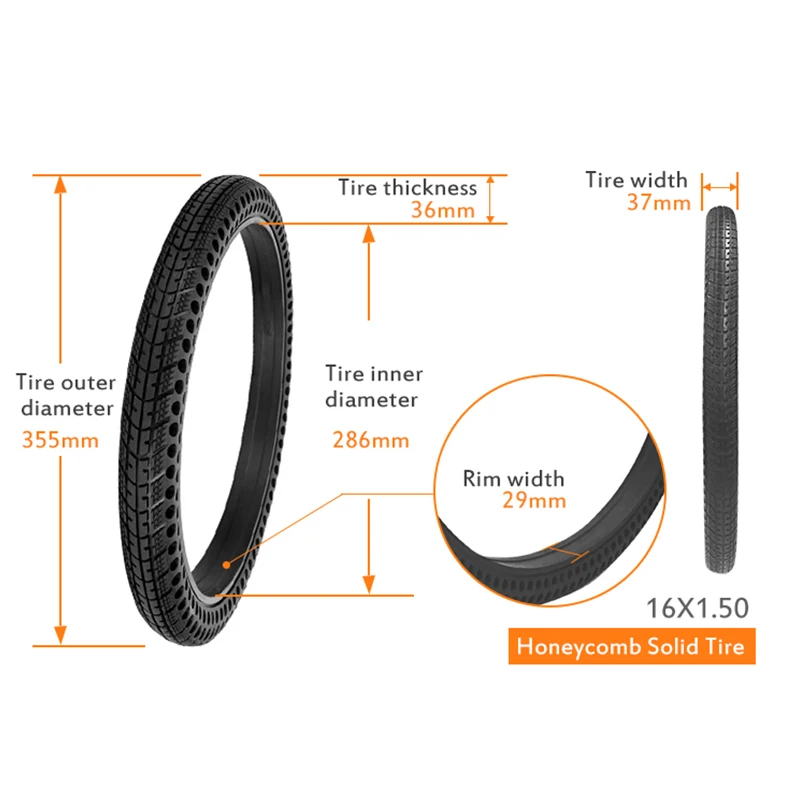 It is worth noting that a modern car would not have become such a successful and efficient vehicle without pneumatic tires. Outwardly, the tires are little different from each other, with the exception of the tread pattern and their radius. All of them consist of various rubber compounds and fillers. Some sizzle - others don't. The round shape of the tires is maintained by the carcass. The carcass directly affects many tire characteristics.
It is worth noting that a modern car would not have become such a successful and efficient vehicle without pneumatic tires. Outwardly, the tires are little different from each other, with the exception of the tread pattern and their radius. All of them consist of various rubber compounds and fillers. Some sizzle - others don't. The round shape of the tires is maintained by the carcass. The carcass directly affects many tire characteristics.
Diagonal frame
Radial frame
Let's consider two types: tires with a diagonal and a radial carcass. Despite the external similarity, they are structurally very different.
Frame
The bias tire has a carcass made of
multi-ply cord. As a rule, the number of layers
is a multiple of two. Textile cords of different layers
are located at an angle of 35° to 40° to each other
and intersect exactly in the middle of the tire
protector.
Frame
Breaker Belt
Frame
In radial tires, the cords are located at a
angle of 90° and are located along the entire tire
tread.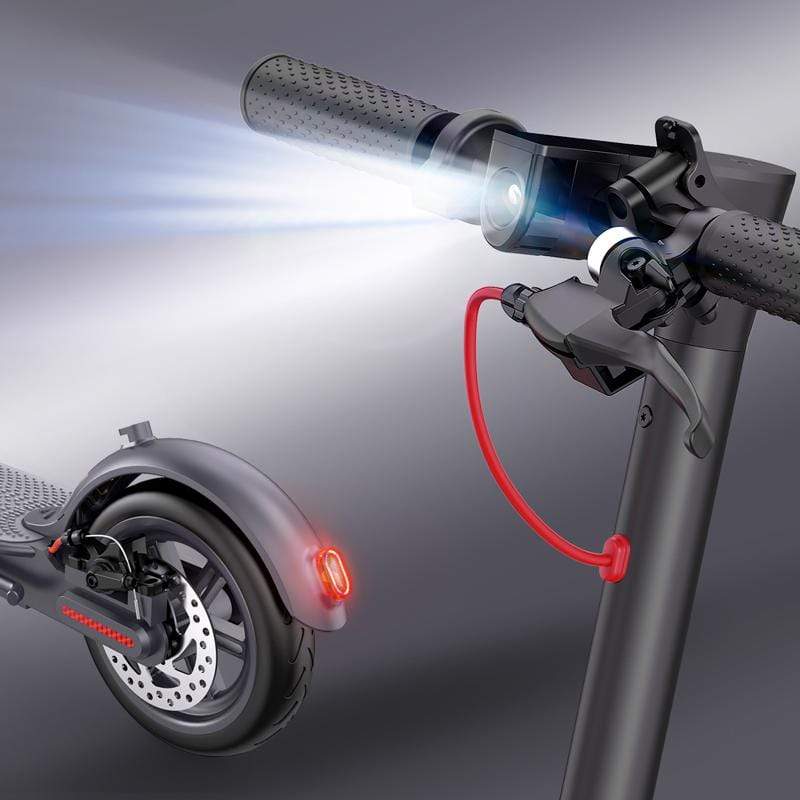 And those sections of the tire that
And those sections of the tire that
are located in the contact patch with the
road surface are reinforced with a steel cord (it is also called a belt belt
).
In addition to the difference in the arrangement of cords, there are many other differences
- Cord threads for diagonal tires are made of nylon or kapron, for radial tires they are made of steel.
- Bias tires can have several layers of cord - from two or more, radial tires have only 1.
- Bias tires, as a rule, have two bead rings, with a radial one.
- Most bias tube tires, tubeless radials.
Functional differences of radial tires
— Better contact with the road. Radial tires have a larger contact patch compared to bias
tires.
- The weight of a radial tire and a bias tire with the same radius will be different. Lighter tire with radial
ply carcass.